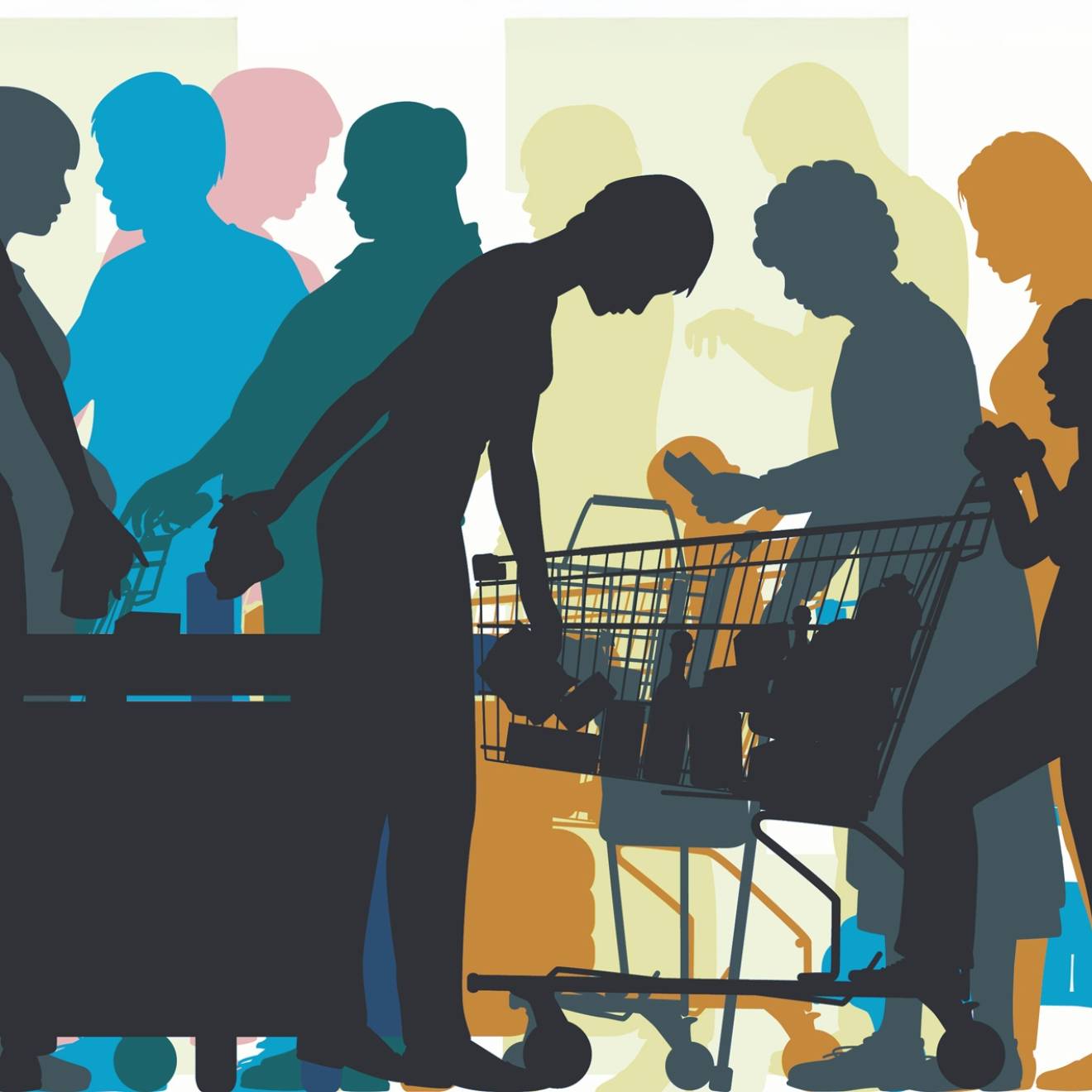Elaine Schmidt, UCLA
We’re all familiar with the image of someone donning virtual reality goggles to enter a new environment while seated at their computer.

Credit: Mashable
At UCLA, Nanthia Suthana is one of the first neuroscientists in the world to harness the power of VR to unravel how someone’s brain encodes and retrieves memories while the person explores a new virtual setting on foot.
Her work recently captured the attention of the popular digital network, Mashable, which profiled her in its “How She Works” video series.
“Without our memories, each of us would be lost in time and cut off from other people,” said Suthana, an assistant professor of neurosurgery and psychiatry at the David Geffen School of Medicine at UCLA. “At UCLA, we are the first to blend virtual reality with a surgically implanted prosthesis to reveal what happens inside the brain when we create memories.”
The ultimate goal? To develop therapeutic tools that could restore lost memories to people suffering from Alzheimer’s disease, traumatic brain injury and other disorders.

Credit: Mashable
In 2015, Suthana recruited a crack team of experts in bioengineering, neuroscience, computer science and physics to help design a virtual-reality lab at UCLA. She crafted a study that correlates electrical activity from the neuro-prosthesis deep inside the brain with a patient’s physical movement in the virtual environment. No one has achieved this before.
In the Mashable video, Suthana preps research patient David Kidd, who suffers from profound memory loss. He wears a black motion-capture bodysuit and cap (think actor Andy Serkis as Caesar in “Planet of the Apes”) studded with reflective markers to track his movement.
A set of goggles transports Kidd into a virtual environment where yellow lights signal locations for him to walk toward and remember. Then the research team tests his ability to remember the route without the lighting cues.
After the experiment, Suthana wirelessly downloads the recording of Kidd’s electrical brain activity from the neuro-prosthetic device implanted in his head. Later, she’ll analyze his deep brain waves to measure the strength of his learning and recall.
Virtual reality allows the UCLA team to observe how Kidd’s memories are formed and recalled while navigating a new environment.

Credit: Mashable
“All of our daily memories are visually linked to space — the setting in which they are created,” said Suthana who is also the Ruth and Raymond H. Stotter Chair in Neurosurgery. “When you forget where you left your keys or parked your car, you automatically try to visualize where and when you last saw them. The same principle holds true for complex tasks, like navigating a grocery store or learning your way around a new city.
“We take these basic functions for granted — the ability to remember a friend’s face, your wedding day or spouse’s birthday,” she added. “But when someone loses these memories, it devastates their quality of life.”
Thanks to her curiosity about how memories define us, Suthana’s advances in virtual reality have opened the door into an entirely new realm of brain research.
Learn more about neuroscience research at UCLA.
Cover photo by iStock/kiankhoon.

